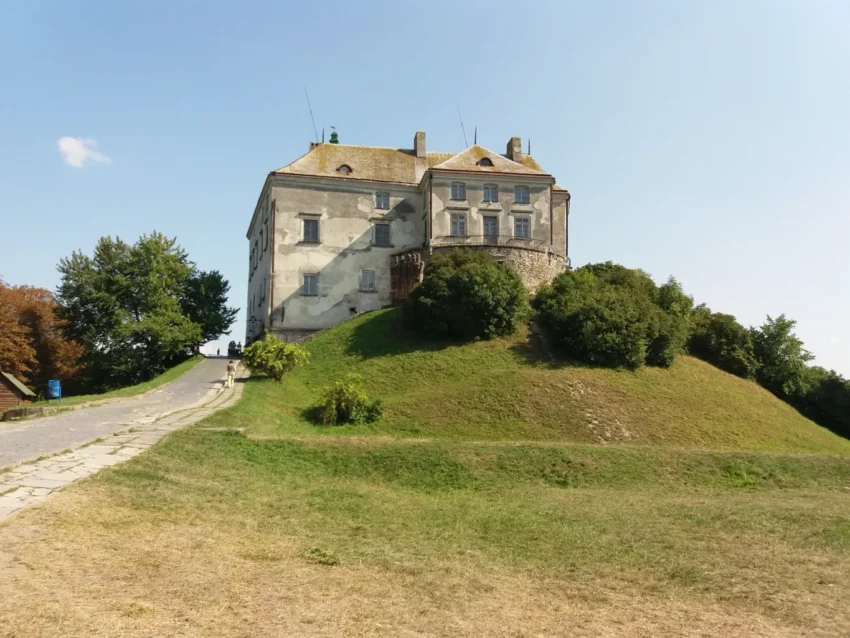Olesko Castle: A Historic Gem in Ukraine
Olesko Castle (Ukrainian: Олеський замок, Polish: Zamek w Olesku) stands proudly within the borders of Zolochiv Raion, Ukraine. This historic fortress first appeared in records from 1390, when Pope Boniface IX granted Olesko and Tustan to a Catholic bishop of Halych. Located about seventy-five kilometers from Lviv, it is a fascinating relic of the region’s storied past.
Get your dose of History via Email
Strategic Location
Olesko Castle, with its distinctive oval shape, crowns a small hill rising fifty meters high. Surrounded by a moat and wall, it was well-protected against invaders. The dense swamp encircling the castle added an extra layer of defense. Over the centuries, the castle’s land changed hands many times, reflecting its strategic importance on the border between Volhynia and Lviv.
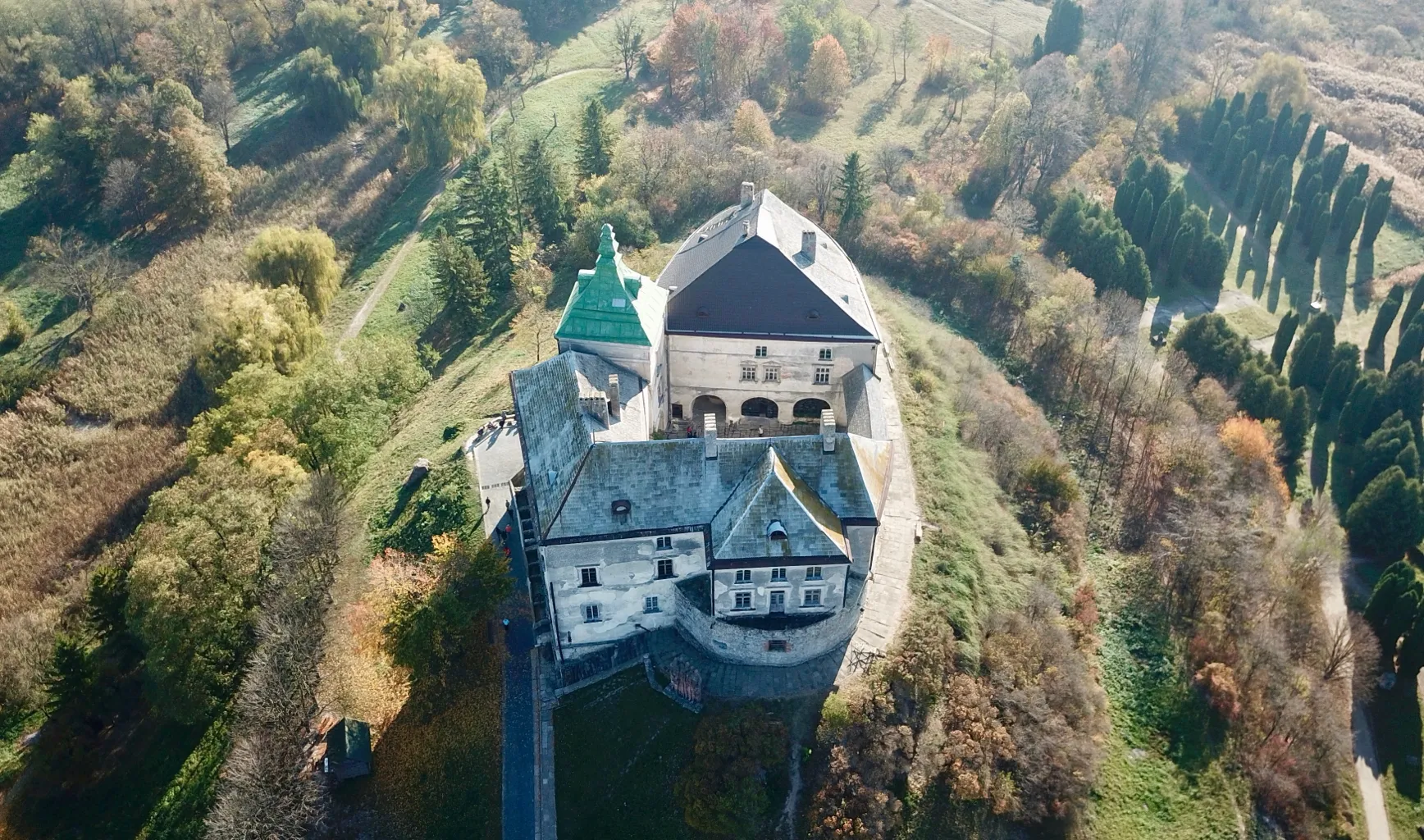
Throughout its history, Olesko Castle found itself at the crossroads of Poland, Lithuania, and Hungary. The shifting borders made it a political landmark in the 14th century, with frequent battles for control. A deep well in the castle’s basement provided an escape route for besieged prisoners, adding to its lore.
Changing Hands and Purposes
In the 15th century, the castle transitioned from a defensive stronghold to an aristocratic retreat. In 1605, nobleman Jan Daniłowicz h. Sas acquired the castle. However, neglect followed when the Koniecpolski family took over, using it primarily as a secondary residence.
The castle’s fortunes changed in 1682 when Jan III Sobieski purchased it for 400,000 zlotys. Sobieski, who later became a Polish king and hero of the Battle of Vienna, renovated the castle. In the early 18th century, the Rzewuski family bought Olesko Castle and moved its collection of antiques to their other residence, Pidhirtsi Castle.
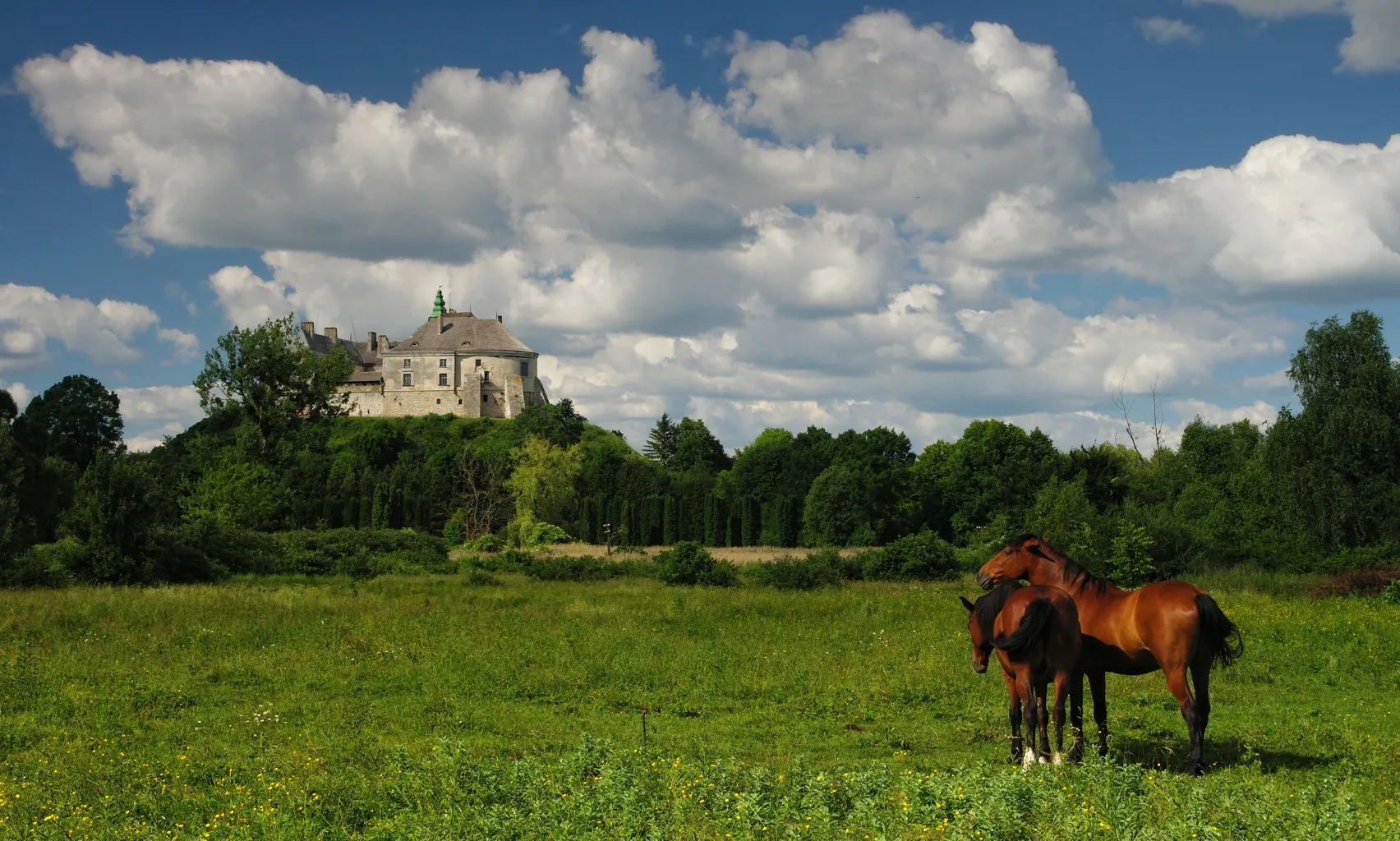
Olesko Castle is renowned as the birthplace of Jan III Sobieski and King Michał Korybut Wiśniowiecki. Bohdan Khmelnytskyi, a prominent Ukrainian Cossack leader, also spent his childhood here, adding to the castle’s historical significance.
Architectural Evolution
The castle underwent significant restoration in the late 16th and early 17th centuries. It embraced the Italian Renaissance style, popular at the time, with new paintings and mosaics decorating its rooms. However, an earthquake in 1838 caused partial destruction, and subsequent wars further damaged the structure.
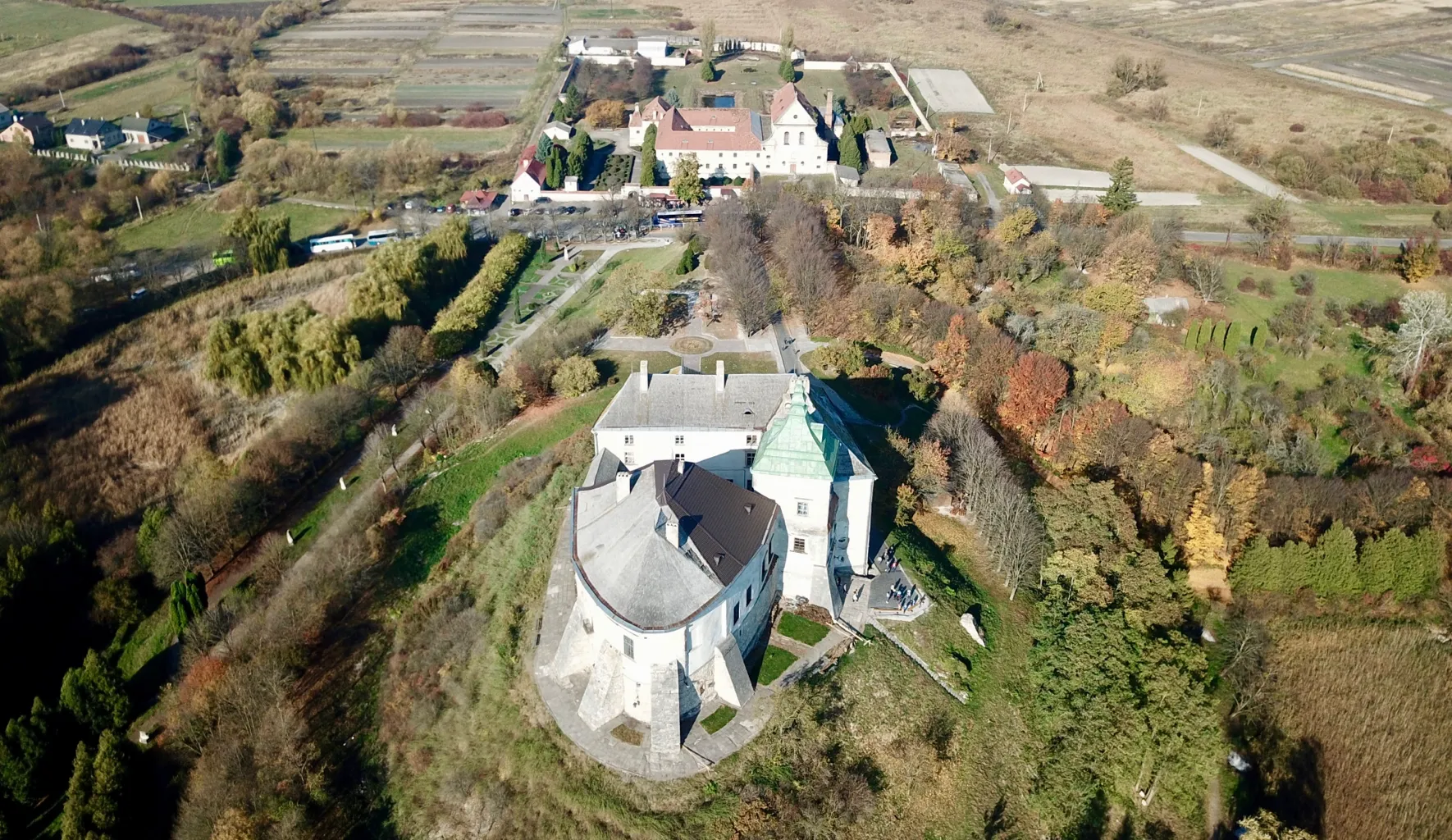
In 1882, the Committee of Preservation of the Olesko Castle, recognizing its cultural value, bought the castle and restored it in 1892. Unfortunately, World War I and World War II undid much of this work. In 1956, lightning struck the castle, causing further damage.
A major restoration effort began in 1961 and continued until 1985. Today, Olesko Castle serves as a museum, displaying a rich collection of 16th- and 17th-century antique furnishings, art, sculptures, paintings, tapestries, weapons, and everyday objects. It boasts one of the richest collections of Polish art outside Poland.
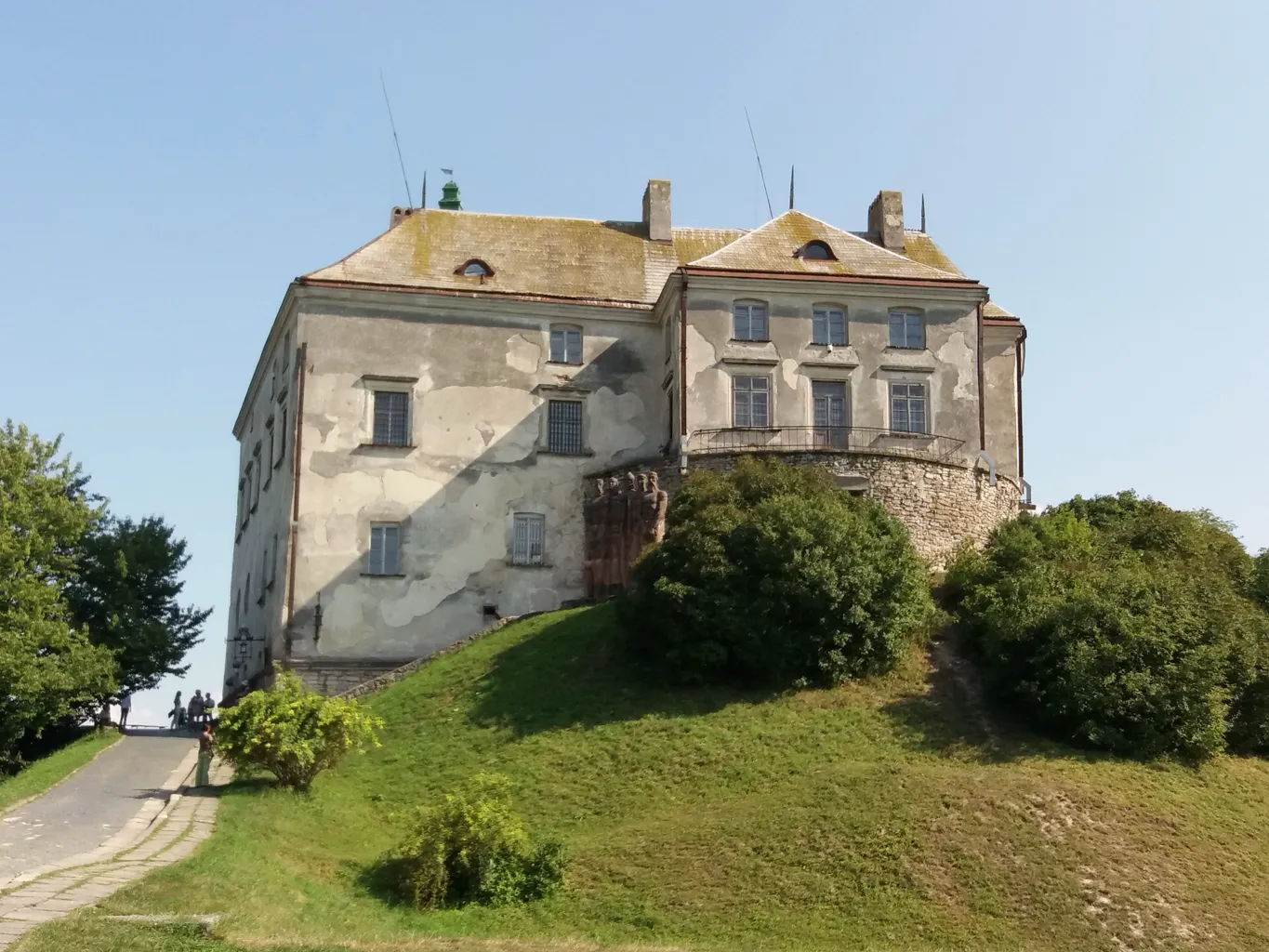
Cultural Significance
Olesko Castle is part of the “Golden Horseshoe,” a trio of castles including Pidhirtsi and Zolochiv Castles. This ring of historical landmarks attracts numerous visitors, highlighting the region’s cultural heritage.
On June 9, 2017, Ukrposhta, Ukraine’s national postal operator, issued a postage stamp featuring Olesko Castle. This stamp, part of the C.E.P.T. program, represented Ukraine in the annual postage stamp rating by PostEurop. Additionally, on August 17, 2021, the National Bank of Ukraine released a 10-hryvnia silver commemorative coin celebrating Olesko Castle, underscoring its architectural and historical significance.
Olesko Castle stands as a testament to Ukraine’s rich history and cultural legacy. Its walls echo tales of noble families, battles, and artistic endeavors, making it a must-visit destination for history enthusiasts and travelers alike.
Sources:

